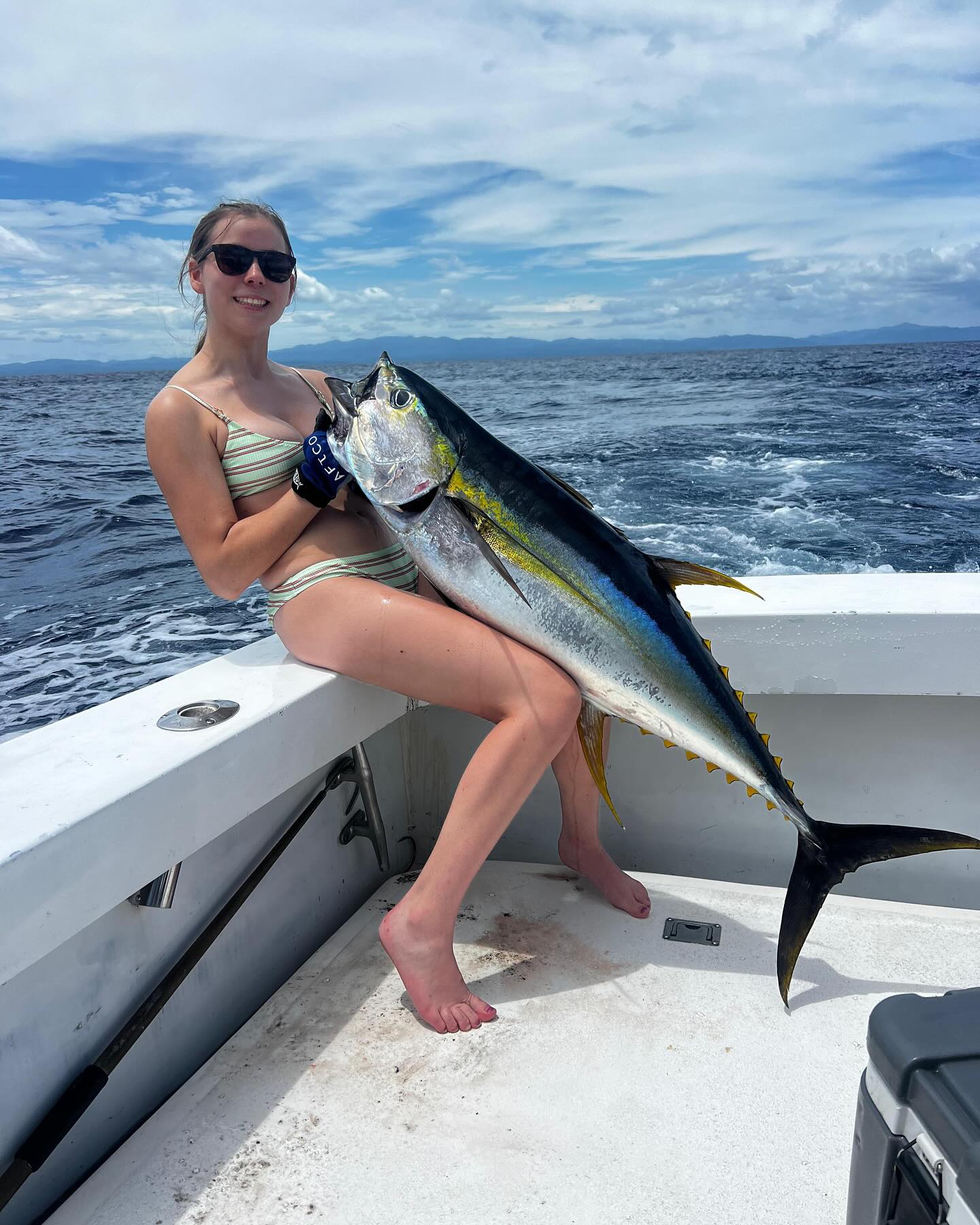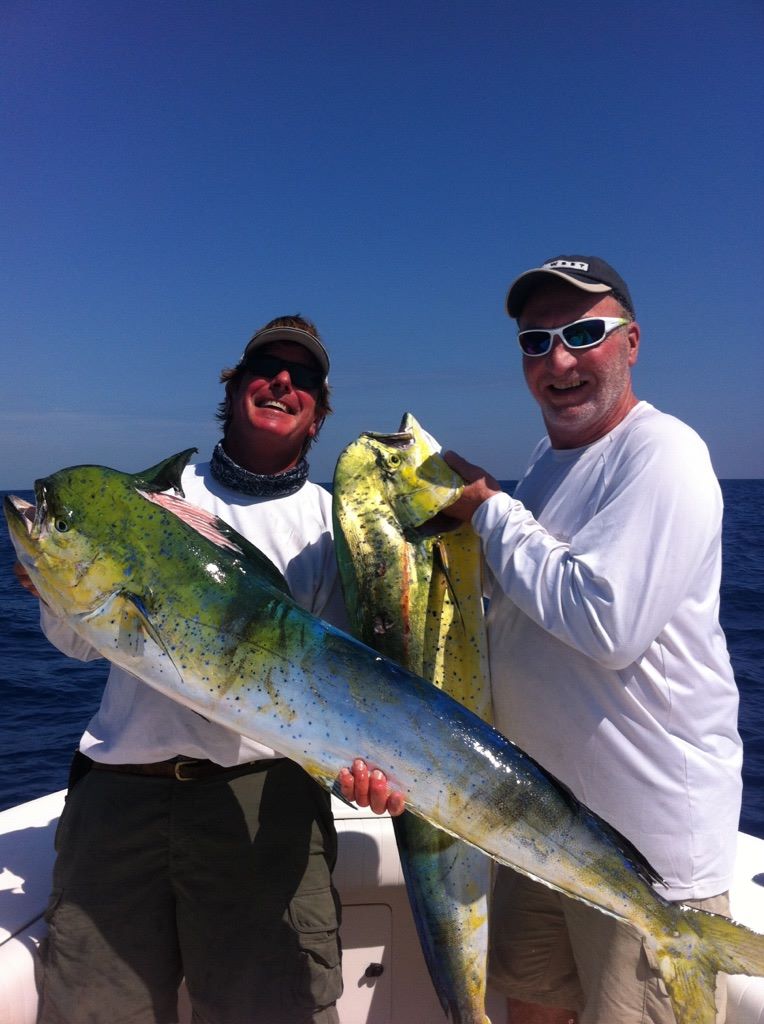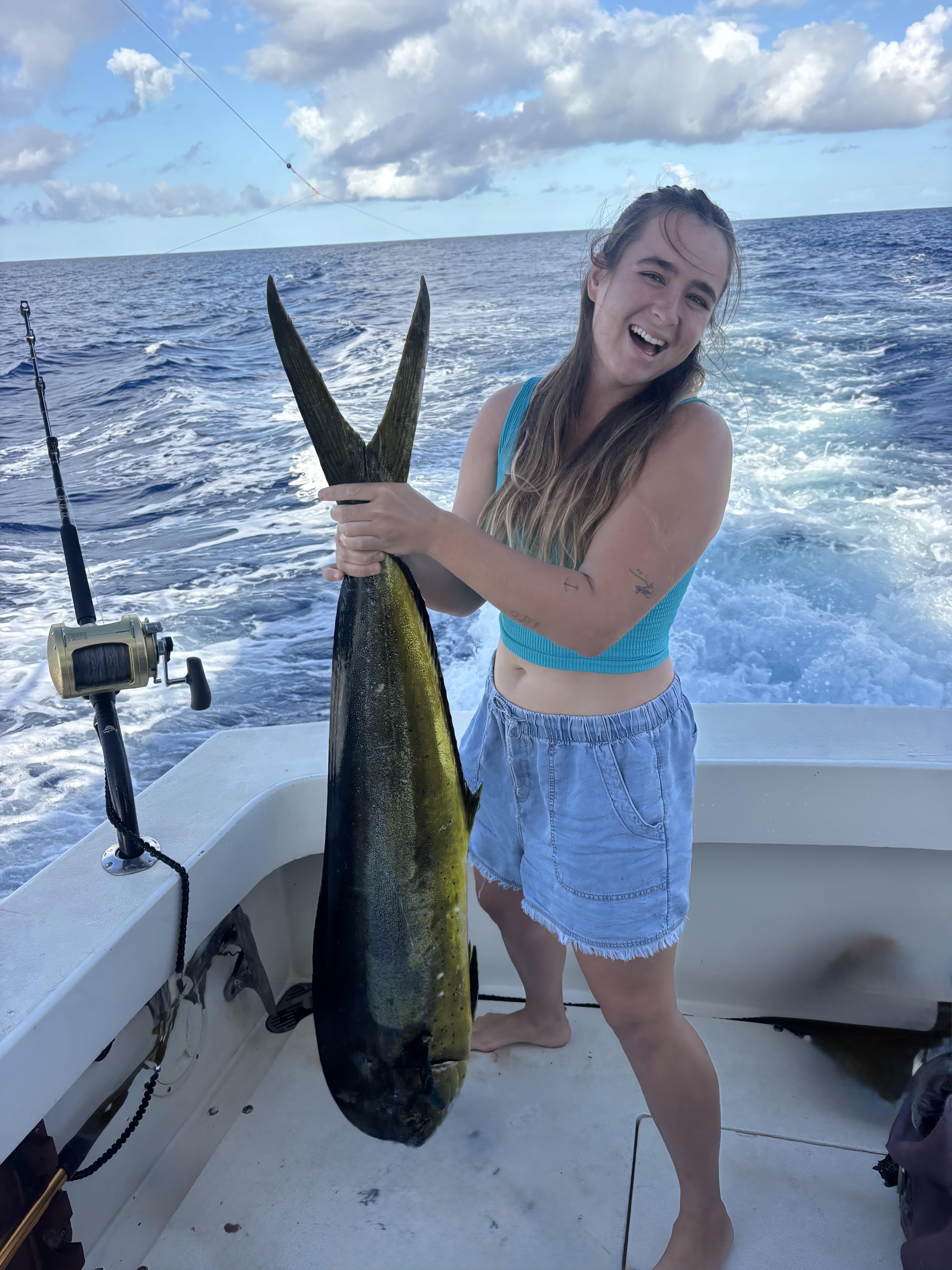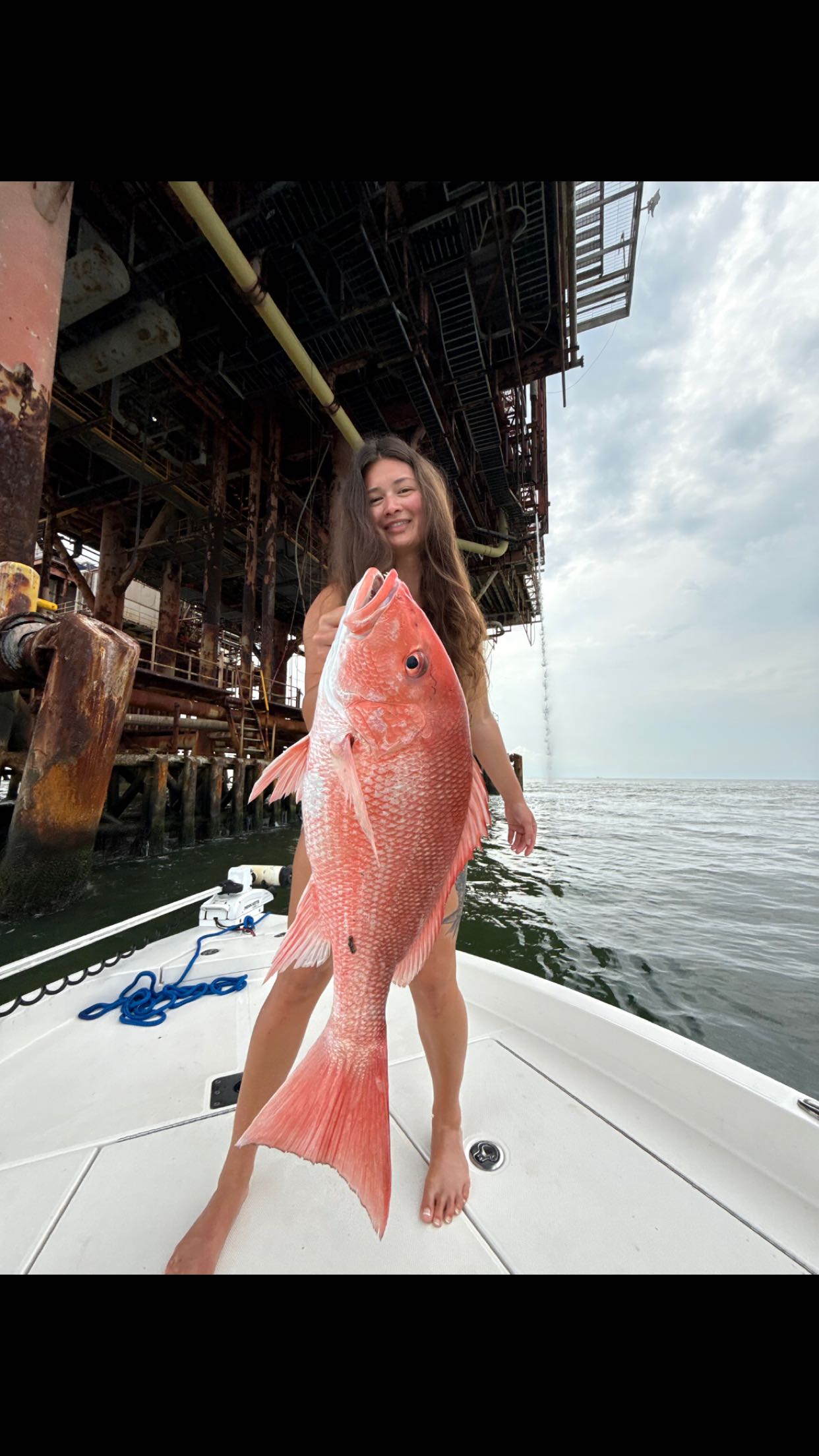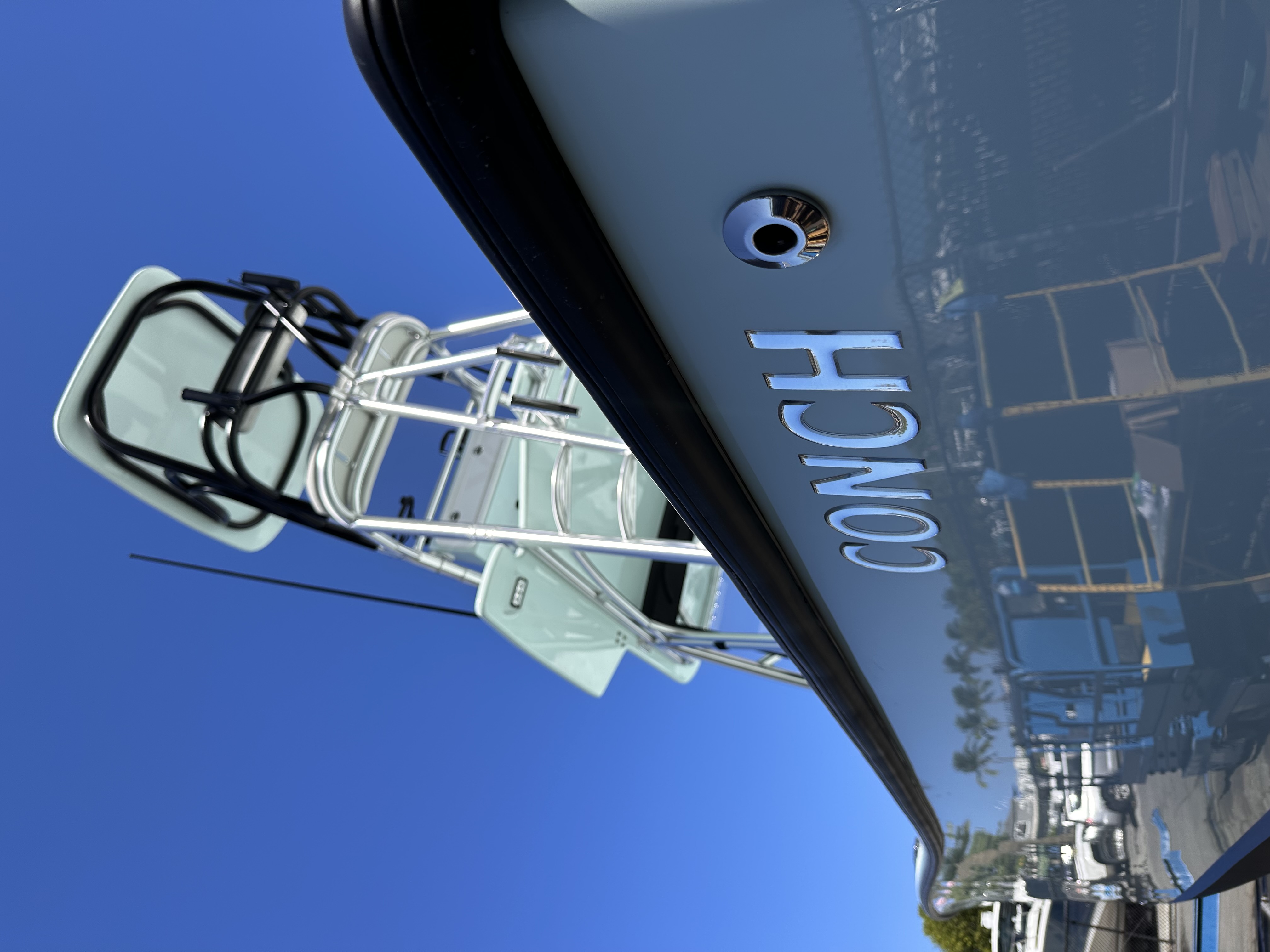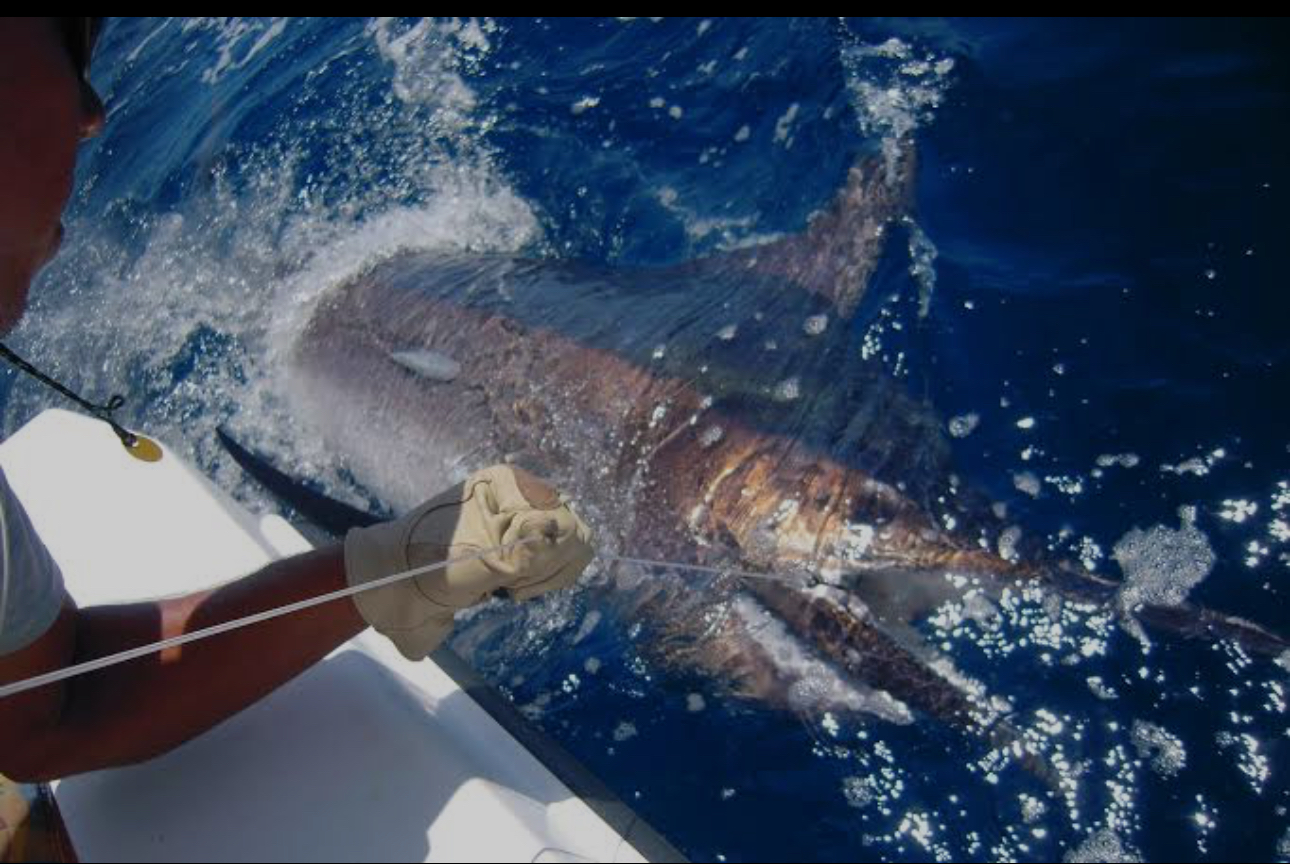5-9 Hours Offshore Trip - 27’ Dusky
Deep Sea, Nearshore Fishing in Riviera Beach
Palm Beach Offshore Trip
Deep Sea, Nearshore Fishing in Key West
4-8 Hour Offshore Trip
Fishing Trip
Deep Sea Fishing in Corral del Risco
5-8 Hour Offshore Trip
Deep Sea Fishing in Kailua-Kona
Half Day Charter 4 Hours
Deep Sea, Nearshore, Jetty in Venice
Nearshore Red Snapper Charter
Deep Sea, Nearshore Fishing in Panama City Beach
Red Snapper Re-Open December!
Deep Sea, Nearshore Fishing in Fort Lauderdale
4 Hour On The Flag Ship
Deep Sea Fishing in Kailua-Kona
Full Day Charter 8 Hours
We started Captain Experiences to make it easy to book fishing and hunting guides around the world. With over 2,000 Damn Good Guides, our platform makes finding and booking a trip seamless. Head here to check out our trips.
Conventional Fishing: What you Need to Know
Conventional tackle is the standard equipment most anglers take with them from inland lakes to the Continental Shelf. The utility of conventional gear is second to none, with a single setup capable of catching a variety of fish across different environments. Here’s everything you need to know about fishing with conventional tackle.

Fishing Reels
The three most popular types of fishing reels are spinning, bait casting, and conventional. Spinning reels spin line around a stationary spool while reeling. During a cast, the line is able to freely spool off, allowing for more distance than any other reel. Baitcasting and conventional reels both use rotating spools to reel in line, which is aided by line guides. The difference between the two is usually how much line they hold and their construction.
Baitcasting reels are designed to have exceptional casting distance and fast retrieve, while conventional reels are designed for strength, line capacity, and angler comfort. Baitcasting reels are usually used to cast for small to medium fish in inland and inshore waters. Conventional reels are typically used for trolling lakes and offshore waters to catch the largest fish.
Conventional Fishing Rods
Conventional fishing rods are common rods consisting of a handle, tapered shaft, and eyelets. These rods are versatile, capable of targeting a wide range of fish species in a variety of environments. Conventional fishing rods are general purpose and typically range from five to seven feet long.
Spinning rods are used with spinning reels and feature enlarged eyelets that allow lines to spool off the reel during a cast without getting tangled. Bait casting rods are used with bait casting reels, which have very small eyelets because the line comes off the reel with very little slack. There are also conventional rods made for heavy conventional reels and typically have reinforced eyelets, handles, and reel mounts, making them ideal for targeting larger fish like tuna and sharks.
Longer rods are generally capable of casting further while shorter rods are more maneuverable. Rod weight, sometimes called “rod power” refers to the resistance or spring of a rod when it’s flexed. This usually depends on the size and strength of the target species with rods typically ranging from light to heavy. Rod action describes how the rod bends as force is applied. Fast action rods bend progressively from the tip down the rod while slow action rods bend throughout the rod in a crescent shape.
How To Cast Conventional Fishing Reels
While conventional reels are usually seen on offshore boats, these reels can be used to cast lures and bait just like a bait caster. Instead of a button like you would find on a bait casting reel, conventional reels have a lever that unlocks the spool and allows it to spool off line. Place your thumb on the spool and slide the lever to allow the reel to free spool. As you swing the rod around on your cast keep your thumb securely on the spool until you reach the release point, then let off and let your thumb barely ride just above the rotating spool. Your thumb is the release and emergency brake while casting a conventional reel. To reduce how much you use your thumb to slow or stop the spool make sure your spool brake or spool tensioning system is properly adjusted for the weight of your lure.
Conventional Tackle
The different combinations of rod and reel allow anglers to be as specific or general in application as they want. If you are looking to purchase new gear consider hiring a fishing charter where you will be able to ask the guide for their opinion while also using proven gear.
Joey Butrus
Updated on June 21, 2023

October 26, 2020

June 22, 2022

July 31, 2024

April 15, 2022

March 8, 2022
Related Articles
July 17, 2022
January 17, 2021
Featured Locations
- Fishing Charters Near Me
- Austin Fishing Guides
- Biloxi Fishing Charters
- Bradenton Fishing Charters
- Cabo San Lucas Fishing Charters
- Cancun Fishing Charters
- Cape Coral Fishing Charters
- Charleston Fishing Charters
- Clearwater Fishing Charters
- Corpus Christi Fishing Charters
- Crystal River Fishing Charters
- Dauphin Island Fishing Charters
- Daytona Beach Fishing Charters
- Destin Fishing Charters
- Fort Lauderdale Fishing Charters
- Fort Myers Fishing Charters
- Fort Walton Beach Fishing Charters
- Galveston Fishing Charters
- Gulf Shores Fishing Charters
- Hatteras Fishing Charters
- Hilton Head Fishing Charters
- Islamorada Fishing Charters
- Jacksonville Fishing Charters
- Jupiter Fishing Charters
- Key Largo Fishing Charters
- Key West Fishing Charters
- Kona Fishing Charters
- Lakeside Marblehead Fishing Charters
- Marathon Fishing Charters
- Marco Island Fishing Charters
- Miami Fishing Charters
- Montauk Fishing Charters
- Morehead City Fishing Charters
- Naples Fishing Charters
- New Orleans Fishing Charters
- New Smyrna Beach Fishing Charters
- Ocean City Fishing Charters
- Orange Beach Fishing Charters
- Panama City Beach Fishing Charters
- Pensacola Fishing Charters
- Pompano Beach Fishing Charters
- Port Aransas Fishing Charters
- Port Orange Fishing Charters
- Rockport Fishing Charters
- San Diego Fishing Charters
- San Juan Fishing Charters
- Sarasota Fishing Charters
- South Padre Island Fishing Charters
- St. Augustine Fishing Charters
- St. Petersburg Fishing Charters
- Tampa Fishing Charters
- Tarpon Springs Fishing Charters
- Venice Fishing Charters
- Virginia Beach Fishing Charters
- West Palm Beach Fishing Charters
- Wilmington Fishing Charters
- Wrightsville Beach Fishing Charters
